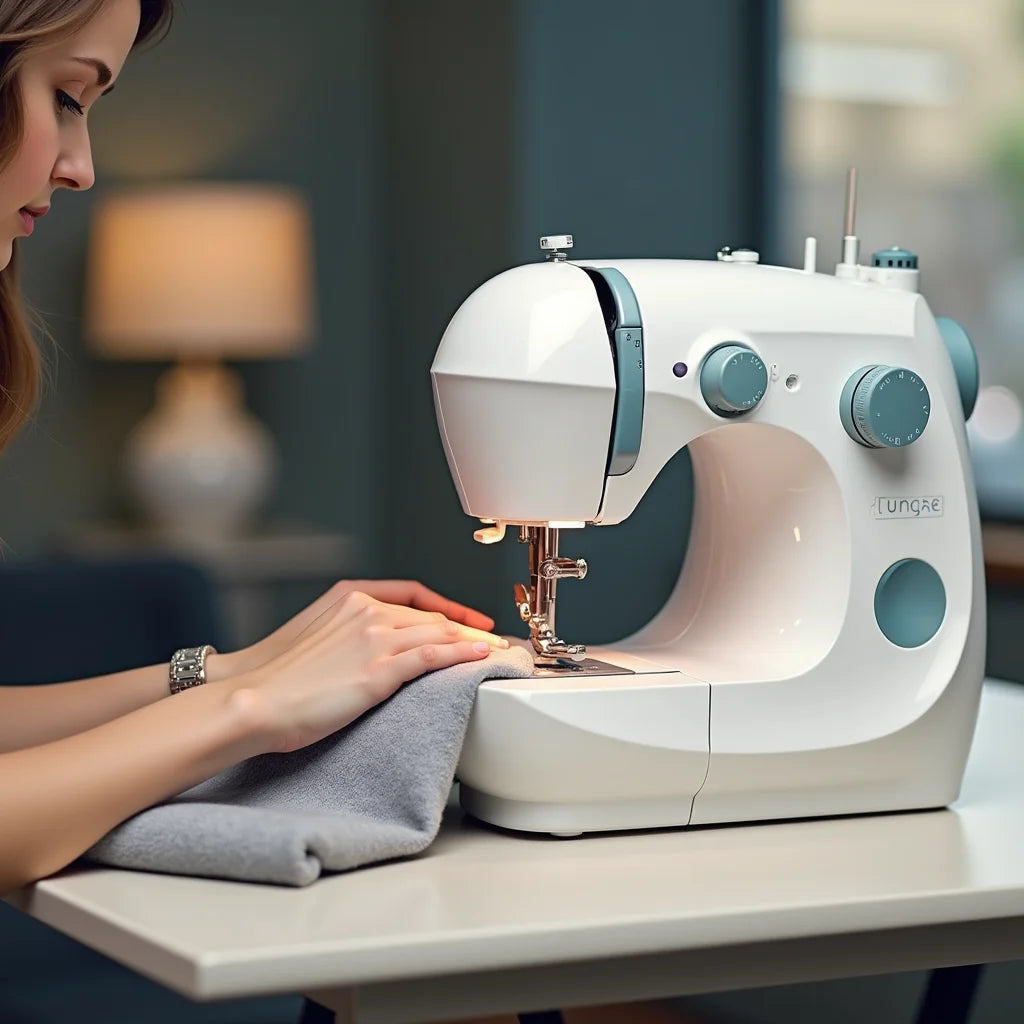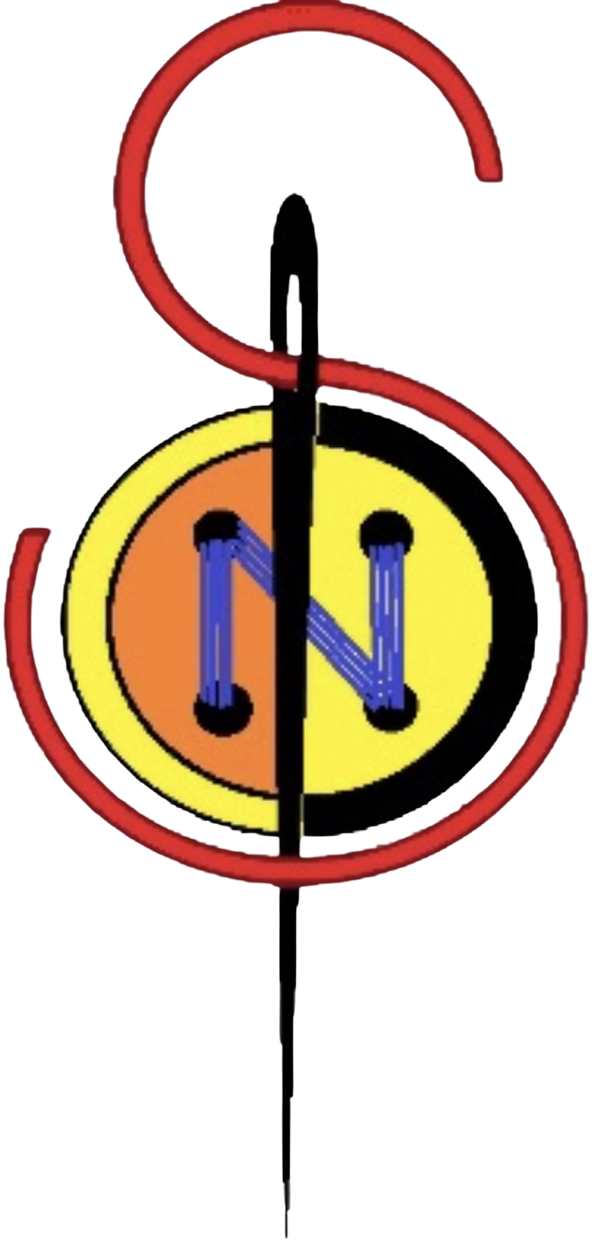
Top Sewing Machines for Beginners and How to Choose
Share
Updated on: 2025-10-17
- 1. Why Sewing Machines for Beginners Matter: A Gentle Introduction
- 2. Common Myths vs. Facts about Sewing Machines for Beginners
- 3. Step-by-Step Guide to Choosing Sewing Machines for Beginners
- 3.1 Step 1: Define your first projects
- 3.2 Step 2: Set a thoughtful budget
- 3.3 Step 3: Mechanical vs. computerized
- 3.4 Step 4: Consider an automatic needle threader
- 3.5 Step 5: Pick the right stitch selection
- 3.6 Step 6: Decide if you need a portable sewing machine
- 3.7 Step 7: Check build quality and support
- 3.8 Step 8: Test, compare, and ask questions
- 3.9 Step 9: Review included accessories
- 3.10 Step 10: Buy confidently and start small
- 4. Frequently Asked Questions about Sewing Machines for Beginners
- 5. Summary and Key Takeaways on Sewing Machines for Beginners
- 6. Q&A: Real-World Questions on Sewing Machines for Beginners
- 7. About the Author on Sewing Machines for Beginners
Why Sewing Machines for Beginners Matter: A Gentle Introduction
Starting with sewing machines for beginners can feel exciting and a little overwhelming. There are many choices, and each promises a smooth start. To make your decision easier, it helps to focus on a few essentials: reliability, ease of use, and long-term value. Whether you are comparing beginner sewing machines or browsing entry-level sewing machines for the first time, the goal is a tool that supports your creativity without adding stress.
In the first few weeks, simple features make the biggest difference. A basic sewing machine with clear stitch options, a straightforward bobbin system, and steady fabric feeding builds confidence faster than a long list of advanced modes. Many new sewists also appreciate a portable sewing machine if they attend classes or sew in shared spaces. As you read on, you will find calm, practical advice to help you choose a model that fits your pace, your budget, and your goals.
If you wish to explore curated options, you may browse a friendly selection here: Shop sewing machines.
Common Myths vs. Facts about Sewing Machines for Beginners
-
Myth: A beginner needs many built-in stitches to do quality work.
Fact: Most early projects use straight and zigzag stitches. A reliable feed system, consistent tension, and a comfortable speed control matter more than an extensive stitch library. -
Myth: Computerized machines are always hard for beginners.
Fact: Some computerized entry-level sewing machines are designed for new users, with clear screens and automatic settings that reduce guesswork. Ease of use depends on the design, not the label. -
Myth: Portable sewing machines are too fragile to last.
Fact: A portable model can be sturdy and dependable. The key is choosing a machine with a solid internal frame and stable foot pressure, not just the lightest weight. -
Myth: The best sewing machines for beginners under $200 cannot handle real projects.
Fact: Sensibly chosen budget machines can handle hemming, simple garments, and light home decor. With the right needle, thread, and settings, you can complete many satisfying projects. -
Myth: An automatic needle threader is a luxury you will not use.
Fact: For many new sewists, threading is the most delicate step. Sewing machines for beginners with an automatic needle threader save time, reduce eye strain, and make practice sessions more pleasant.
Step-by-Step Guide to Choosing Sewing Machines for Beginners
Step 1: Define your first projects
List the items you want to make in the next few months, such as simple tote bags, pillowcases, or elastic-waist skirts. This list guides your features: light quilting may suggest a larger table space, while basic garment work benefits from adjustable stitch length and width.
Step 2: Set a thoughtful budget
It is reasonable to start modestly. Many shoppers find strong value among the best sewing machines for beginners under $200, especially when they prioritize essential features over extras. If your budget allows, a slight step up can add comfort features like a top-loading bobbin or speed control.
Step 3: Mechanical vs. computerized
Ask yourself, “Should beginners choose a mechanical or computerized sewing machine?” Mechanical models offer tactile dials and straightforward maintenance. Computerized models may provide helpful automation, like one-step buttonholes and stitch memory. Either can be beginner-friendly if the controls are clear and the manual is well written.
Step 4: Consider an automatic needle threader
Small comforts add up. Sewing machines for beginners with automatic needle threader features simplify setup, reduce frustration, and keep you focused on sewing rather than threading. This is especially kind to tired eyes and new learners practicing frequently.
Step 5: Pick the right stitch selection
Look for reliable straight and zigzag stitches, adjustable stitch length and width, and a basic buttonhole. Decorative stitches are pleasant, but not essential for early learning. A basic sewing machine that performs core stitches well is often the wiser choice.
Step 6: Decide if you need a portable sewing machine
If you sew at a class or move your machine between rooms, a portable sewing machine can be helpful. Aim for a balance: light enough to carry safely, but solid enough to remain steady on the table. A carrying handle or case offers extra convenience.
Step 7: Check build quality and support
A stable feed system, clear threading path, and accessible bobbin area make daily use easier. It is also reassuring to have responsive customer support and easy-to-understand guides. When you are ready to learn more about product support and options, you may visit this helpful page: Learn more.
Step 8: Test, compare, and ask questions
If possible, test the foot pedal responsiveness, check how fabric feeds, and listen for smooth stitching. Ask about needle compatibility and recommended thread types. A little hands-on time often clarifies what feels right in a beginner sewing machine.
Step 9: Review included accessories
Presser feet such as a zipper foot, buttonhole foot, and overcasting foot cover many beginner projects. Spare needles, bobbins, and a seam ripper are helpful. A removable free arm supports cuffs and hems, making early tasks more comfortable.
Step 10: Buy confidently and start small
Choose a machine that meets your current needs and leaves room for growth. Begin with short projects to learn your settings, tension, and fabric handling. When you are ready to compare beginner and entry-level sewing machines side by side, this curated section may be useful: Beginner picks.
Frequently Asked Questions about Sewing Machines for Beginners
What is the best sewing machine for a beginner?
The best choice is one you feel comfortable using. Seek steady feeding, simple controls, clear instructions, and core stitches. A basic sewing machine with a reliable straight stitch, zigzag, and a clean buttonhole is often enough for early projects.
Should beginners choose a mechanical or computerized sewing machine?
Both can be beginner-friendly. Mechanical models are simple and intuitive, while computerized machines may offer helpful automation and consistent buttonholes. Consider which interface you find easier, and select the one that feels most approachable.
Are portable sewing machines good for classes?
Yes, a portable sewing machine can be very practical for classes or small spaces. Look for a sturdy frame and a steady base, not just the lightest weight. A handle and protective case add convenience when traveling.
Summary and Key Takeaways on Sewing Machines for Beginners
Choosing among sewing machines for beginners becomes easier when you focus on what truly supports your learning: straightforward controls, consistent stitching, and features that reduce frustration. Whether you prefer a mechanical dial or a simple computerized interface, aim for reliability over an extensive stitch list. Small comforts like an automatic needle threader, a top-loading bobbin, and a removable free arm can make each session more pleasant.
If you would like to browse options, compare features, or revisit essentials at your own pace, you are welcome to start here: Portable options and Shop sewing machines. We hope this guide helps you select an entry-level sewing machine that supports your creativity with calm and confidence.
Q&A: Real-World Questions on Sewing Machines for Beginners
How many stitches does a beginner really need?
Most beginners use straight and zigzag stitches for a wide range of projects. Adjustable stitch length and width, plus a reliable buttonhole, cover everyday needs. Extra stitches are nice to have, but not essential at the start.
Is an automatic needle threader worth it for new sewists?
Many beginners find it helpful. It speeds up setup, reduces eye strain, and makes practice sessions smoother. If your budget allows, it is a gentle feature that often becomes a favorite.
Can I find a dependable beginner machine under $200?
Yes, there are solid options among the best sewing machines for beginners under $200. Focus on core quality—consistent tension, stable feeding, and clear instructions—and you can complete many successful projects. When you are ready, you may compare thoughtful choices here: Learn more.
About the Author on Sewing Machines for Beginners
The Sew'N Place
The Sew'N Place shares calm, practical guidance for new and returning sewists, with a special focus on sewing machines for beginners. Our experience spans product education, feature comparisons, and everyday sewing tips. Thank you for spending time with this guide—we wish you many peaceful, happy stitches.
